Navigating the H-1B visa process can be complex, but understanding each step can make the journey smoother for both employers and prospective employees. The H-1B visa is crucial for U.S. companies seeking to hire foreign professionals in specialty occupations or as fashion models. To date, your employer has already submitted your registration in the lottery and we already have the selection results. Here’s an overview of the remainder of the H-1B process for lottery selectees in 2024:
Step 1: Submit Labor Condition Application (LCA) to the Department of Labor (DOL)
(Required only for specialty occupation and fashion model petitions)
The first step involves the employer or agent applying for and receiving certification of an LCA from the DOL. This application includes specific attestations, and violating these can result in fines, bars on future petitions, and other sanctions. Employers must attest to:
- Wage Requirements: Paying the H-1B worker no less than the wage paid to similarly qualified workers or, if greater, the prevailing wage for the position in the geographic area.
- Working Conditions: Providing working conditions that do not adversely affect other similarly employed workers.
- Strike or Lockout: Ensuring no strike or lockout exists at the place of employment at the time of the LCA.
- Layoffs: Ensuring no employee has already been laid off, and therefore, not going to be working in the prospective H-1B job (if you have been subject to layoffs, read here).
- Notice of Filing: Giving notice of the LCA filing to the union bargaining representative or posting it at the place of employment.
For detailed LCA requirements and the DOL’s process, visit the Foreign Labor Certification, Department of Labor page.
Step 2: Submit Form I-129 to USCIS
After obtaining LCA certification, the employer or agent must file Form I-129, Petition for a Nonimmigrant Worker, with USCIS. This form should be filed at the correct location or online. Along with Form I-129, the certified LCA should be included (for specialty occupation and fashion model petitions). Detailed instructions are available in the Form I-129 guidelines. Employers are having more trouble than ever with rejections of these applications in the wake of fee changes on April 1, so it is important to review and understand the required evidence to prove fee eligibility. Employers must pay all fees pertaining to the H-1B.
Step 3: Prospective Workers Apply for Visa and/or Admission
Once USCIS approves the Form I-129 petition, the prospective H-1B worker outside the United States can apply for an H-1B visa via change of status within the United States, or at a U.S. embassy or consulate abroad (if required). Regardless of visa requirements, the worker must then seek admission to the U.S. from U.S. Customs and Border Protection (CBP) in H-1B classification.
Reach Out for Assistance
Navigating the H-1B process can be intricate and time-consuming. At SRR Law Group LLC, we provide strong guidance for employers and employees through the complexities of H-1B visa applications. Our experienced immigration attorneys are here to help you every step of the way, ensuring compliance and a smooth process.
Contact SRR Law Group LLC at 507-580-7374 or stacey@srrlawgroup.com today to schedule a consultation and let us assist you in securing the H-1B visas you need for your workforce.



